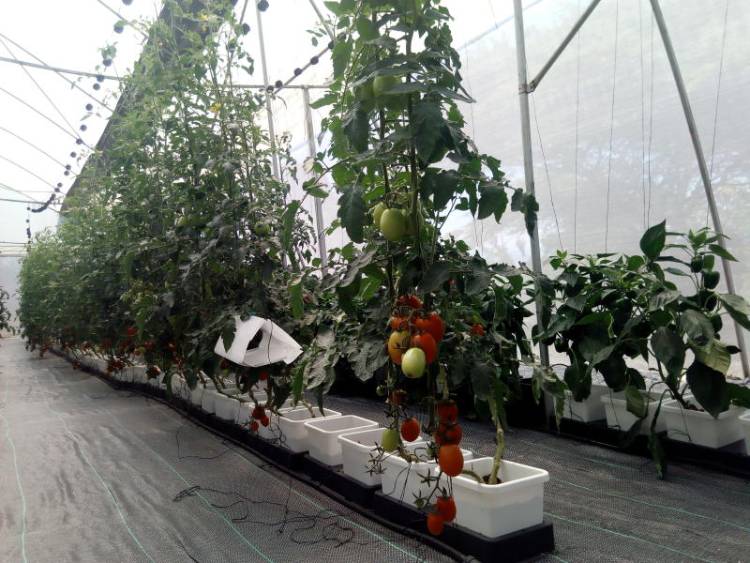Seven common mistakes urban gardeners do

With the outdoor space for gardening limited for city dwellers, majority have innovated ways to produce vegetables in balconies and porches. Container gardening therefore, is increasingly becoming a common practice. But, not everybody who is growing in containers succeed. Today, we outline common mistakes growers commit that result in crop failure.
Choosing plants with different requirements
Plants with different requirements will be hard to manage. Try to pair plants that thrive in similar cultural conditions. Equally, not all plants grow at the same rate. Some seem to grow an inch a day while others are more restrained. Most annual flowers grow at an average rate, meaning they’ll grow all season without exceeding their allotted space. Choose varieties with similar growth rates.
Inadequate supply of nutrients
Potted plants have limited nutrients available to them from the soil. Also the available nutrients are quickly depleted through repeated watering. It is therefore important to supplement with manure or organic fertilisers. Choose the required fertiliser based on what the plant requires. For instance, flowering plants have different fertiliser requirements from the vegetables and herbs. Plants in containers require constant fertilising. Mix a slow release fertiliser in the planting soil before planting.
Applying to much or too little water
Understand the water requirements for the plants you have chosen. To avoid application of too much water, ensure that your containers have drainage holes to get rid of excess water. The holes also ensure that the plant don’t rot when they receive too much water. Using your fingers, feel the moisture content of the soil before watering. Container crops can be more susceptible to drying out than those grown in the field. The situation is made worse when the container is small and therefore there is less soil or compost to retain moisture. Avoid watering the leaves as this can lead to foliar diseases.
Poor spacing
Spacing your crops too close can affect their growth. Crowded plants have stunted growth and can spread diseases and pests faster. Also, the plants will not give maximum yields. Make sure you’re giving each of your vegetables and herbs the space they need to thrive.
Using small containers
Plants in small containers dry out too quickly when the plants are exposed to sunshine and wind. It’s better to use larger containers that hold more soil and won’t dry out so fast. This is especially true if you are using hanging baskets in a sunny, exposed location. If possible, transplant the small hanging basket you get from the garden centre into a larger 14-16” hanging basket.
Letting Pests or Disease attack your plants
A lot of gardeners assume that growing food on their patio means there is less work than a traditional garden bed. Some gardeners just put their seedlings in the containers, water them each day, and otherwise ignore them. While there may be less weeding to do with a container garden, you still have to take care of your plants throughout the season to make sure they’re healthy and pest free.
Regular pruning and removal of dead leaves will help you keep your plants healthy while also giving you a chance to get up close and personal. When you see common signs of disease or even pests lingering on your leaves, take action. Ignoring an issue can lead to it spreading to other plants.
Want to get latest farming tips and videos?
Join Us
Share this article on social
 The Standard Group Plc is a multi-media organization
with investments in media platforms spanning newspaper print operations,
television, radio broadcasting, digital and online services. The Standard Group
is recognized as a leading multi-media house in Kenya with a key influence in
matters of national and international interest.
The Standard Group Plc is a multi-media organization
with investments in media platforms spanning newspaper print operations,
television, radio broadcasting, digital and online services. The Standard Group
is recognized as a leading multi-media house in Kenya with a key influence in
matters of national and international interest.
 The Standard Group Plc is a multi-media organization
with investments in media platforms spanning newspaper print operations,
television, radio broadcasting, digital and online services. The Standard Group
is recognized as a leading multi-media house in Kenya with a key influence in
matters of national and international interest.
The Standard Group Plc is a multi-media organization
with investments in media platforms spanning newspaper print operations,
television, radio broadcasting, digital and online services. The Standard Group
is recognized as a leading multi-media house in Kenya with a key influence in
matters of national and international interest.







